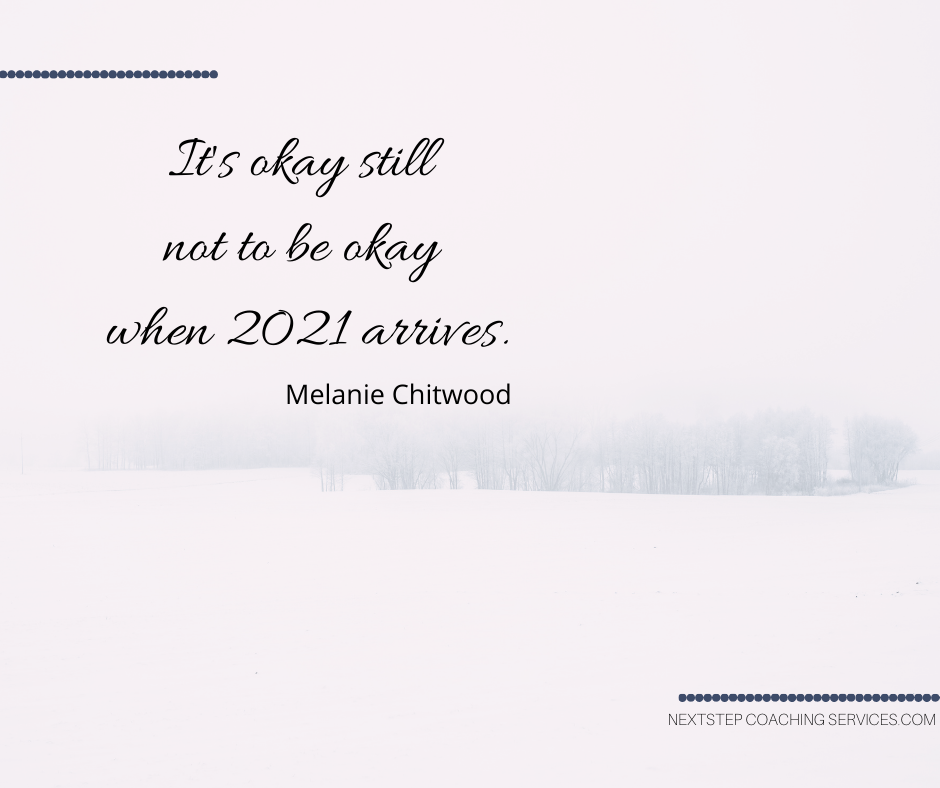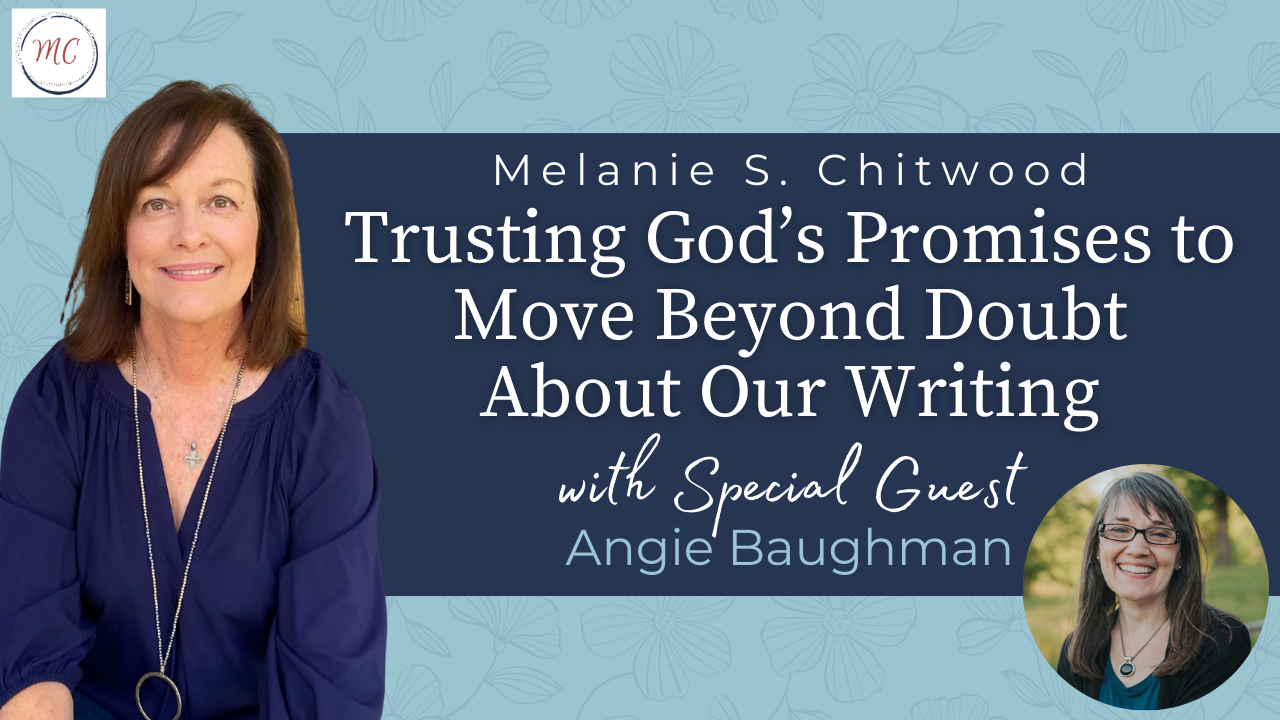What Does “Show; Don’t Tell” Mean? Part 2
In my last post I talked about the first writing advice I ever received: show; don’t tell.
From that advice, I designated two types of writing: showing writing and telling writing.
With telling writing, we use our words to tell, explain, teach, break down, or expand. We are giving the reader information (in general, this is called expository writing, in case you’re like me and like learning things like that!).
With showing writing, we are make ideas come alive by showing our reader concrete information and then letting her make deductions.
We looked at three types of showing writing in my previous post: personal story, definition, and Scripture.
Let’s look at three additional types of showing writing today: survey, example, and analogy.
Survey
You can use an informal method of surveying by sending questions to your email list, social media, or friends. Or you can create a survey that’s a bit more structured by using a service like Surveymonkey.com.
Here’s an example from my book, What a Wife Needs from Her Husband:
“As I have mentioned, when I ask women what they need from their husbands, their number one answer has to do with communication, and then the second most frequent response is that a wife needs understanding.”
Survey results became the basis on which I formed 10 chapters in each of my marriage books. In addition to providing content information, using survey results ensures that your book’s content is meeting the needs of your target audience.
Example
Examples are concrete and specific instances or occurrences.
From a chapter on opposites in marriage:
“My husband and I are more opposite than similar: He’s a country boy; I’m a city girl. He’s extroverted; I’m introverted. He likes traveling; I’m a homebody.”
I lead in with telling writing—“My husband I are more opposite than similar.” And then use showing writing with my pairs of opposites to make the point come alive.
I could have simply written that “my husband and I are opposites” and left it at that. However, examples make my writing more engaging and interesting.
Analogy
Research shows that people learn new information by what’s called hooking (or pegging), and it means making connections to information or experiences people already know.
In the chapter about opposites I write: “My husband describes my personality as a butterfly, flitting from one creative idea to another. I describe Scott’s personality like a train, steadily moving forward in a logical direction.”
Analogies are another way to use showing writing to make an idea come alive.
So to summarize the six types of showing writing in the two posts:
- Personal story
- Definition
- Survey
- Example
- Survey
- Analogy
Showing writing engages your reader and helps your reader remember your writing.
Take a look at something you’ve written. Look for places where you can revise your writing to include more showing than telling.
~ Melanie
————————
Amy and I are THRILLED to announce that we’re both presenters of workshops for the FlourishWriters conference! It’s FREE to access it live, and it’s created just for you.
If you desire to grow in the art and craft of writing, join us for the FlourishWriters Conference where thirty-four authors, publishers, marketers, and ministry leaders offer inspiring and practical tips to dream, write, and publish the story inside you.
Register now for a FREE online experience that offers so much value!





